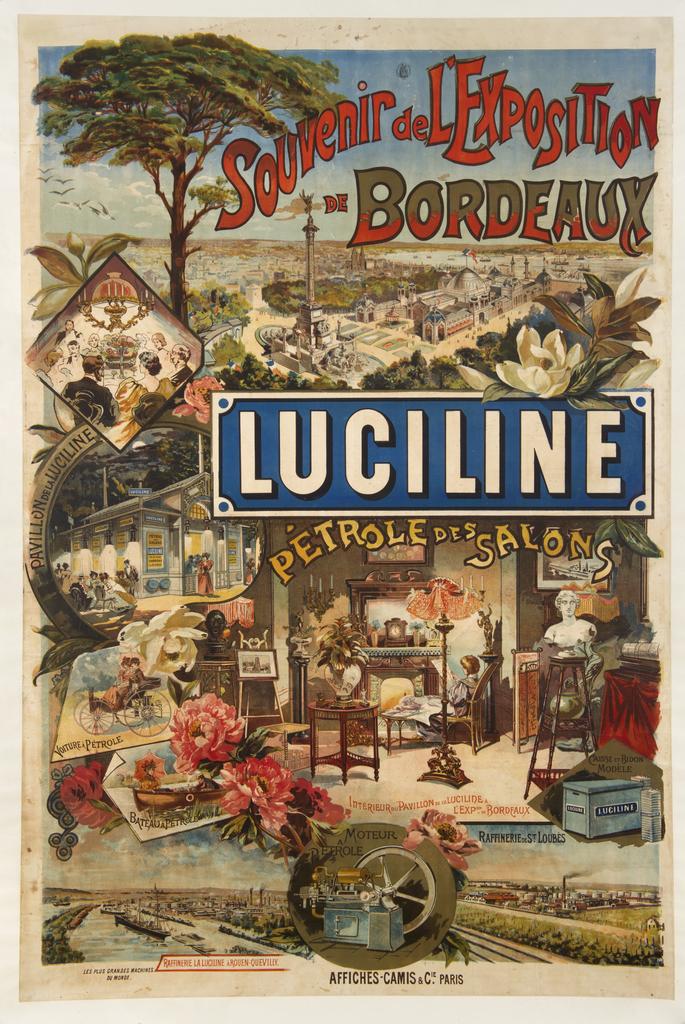A world maritime horizon
Bordeaux was at the heart of trade with the colonies, in competition with Paris, Lyon, Nantes, Le Havre and Marseille.
After the Revolution, there were still many sugar refineries in the French West Indies producing 15% of European consumption in the 1830s; in addition, there was trade in rum. In the period 1840-1950, Bordeaux-based companies were well represented in Senegal, Gambia and Casamance, where they developed the cultivation of peanuts, supplying the four active oil refineries in Gironde. In the Indian Ocean, Bordeaux was second only to Nantes in its trade with Reunion Island (rum, sugar) and second only to Marseille in its trade links with Madagascar (Faure brothers). Bordeaux ship owners and merchants operated in the Far East: they supplied provisions for the expeditionary force to Cochinchina, they were the first to become established in Cambodia and supported trade between the Gironde and Indochina (Denis brothers). The Bordes and Ballande companies (powerful in New Caledonia) were active in the Pacific; from Valparaiso, they controlled trade with Noumea and provided the bulk of the regular service with Tahiti.

1. Bordeaux also became a major port for transatlantic ocean liners, with the France-Brazil route (1857), the French West Indies route, then Morocco and the coast of western Africa.
2. Emigration port. Between 1865 and 1920, the port of Bordeaux sent off 371,000 migrants in search of a better future in the United States and especially in South America, mainly Argentina. They came from South-West France, Spain and Italy and even from the whole of Europe, as 27 different nationalities have been identified.
3. All these activities had a considerable effect on the activities of the port and the economy of Bordeaux because, besides the shipbuilding industries, this dynamism enabled food-processing industries to develop too. Thanks to these colonial products, many workshops were created (canneries, biscuit factories, chocolate factories) and industries developed around sugar refining, oil mills, the production of liqueurs, aperitifs and rum.
4. Cod drying plants were set up on marshy areas in Bègles which became the largest centre of production in France. Fishermen from the Basque country, Brittany and Normandy came to Bordeaux to unload their cargoes from the Newfoundland or Icelandic fishing banks.
5. Bordeaux’s considerable influence was on display in the major maritime, universal, colonial and national exhibitions of the time. These relations with the world led to the development of a taste for the exotic and colonial art, giving rise to a specific Bordeaux lifestyle.











